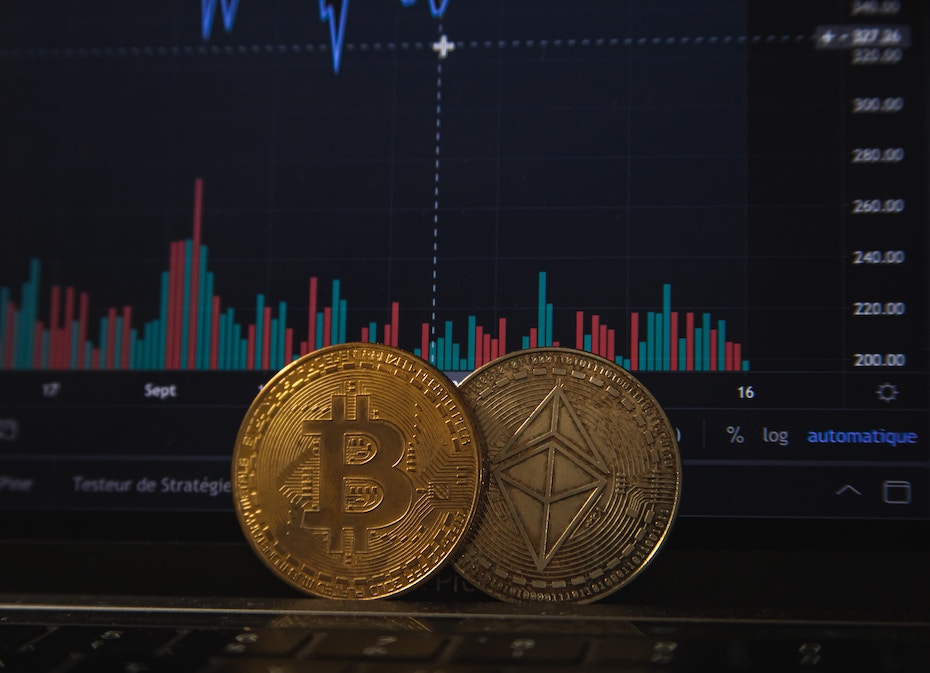A closer look beyond the challenges, bankruptcies, and shifting market dynamics recently faced by the crypto industry sheds light on considerable progress in building new products and services. In 2022, the crypto industry witnessed increased accessibility while showing tremendous potential for growth and wider adoption in the future.
Without a doubt, the ecosystem will require extensive collaborative effort to recover from the effects of FTX’s crash – among other crypto platforms – but the industry should not be defined solely by the negative sentiment. It is important to remember that the blockchain industry is still in its infancy and it is the way that it responds to criticism and overcomes challenges – those presented over 2022 and any upcoming ones – that will define its ultimate success.
In order to get a clear picture of the crypto ecosystem today, we need to consider milestones for digital assets, which have been many in 2022 alone. The truth is that the often-overlooked achievements of the blockchain industry in 2022, provide a solid foundation for continuous growth, building and regaining trust in the year ahead.
Scalability and accessibility – the prelude to mass adoption
It is widely known that scalability, which means building blockchain’s capacity to grow while accommodating increasing user base, is one of the most important issues for blockchain developers. A network that is not scalable cannot process vast amounts of data and leads to more network fees and inefficiencies, disincentivising adoption for users.
Scalability is one of the most desirable properties within the crypto ecosystem – in addition to security and decentralisation – and is crucial due to its capacity to optimise transaction processes and ensure the efficiency of the blockchain network. With the goal to improve the efficiency of the blockchain ecosystem, in 2022 Ethereum introduced The Merge, a unique scaling solution which led to an astonishing drop in Ethereum’s energy consumption by an estimated 99.95 per cent.
 Besides significant strides taken to enhance scalability, developers have continued building towards a blockchain-powered future by allowing more users to benefit from digital asset-related services. The increased use of blockchain-powered solutions by regulators globally – and in the MENA region specifically – has set a strong foundation for expanding adoption of crypto beyond retail.
Besides significant strides taken to enhance scalability, developers have continued building towards a blockchain-powered future by allowing more users to benefit from digital asset-related services. The increased use of blockchain-powered solutions by regulators globally – and in the MENA region specifically – has set a strong foundation for expanding adoption of crypto beyond retail.
The International Digital Economy Court in Dubai International Financial Centre (DIFC) as well as the introduction of blockchain technology for the enforcement of international commercial court judgments by Abu Dhabi Global Market (ADGM) Courts are two examples of how UAE authorities are progressively adapting to and adopting new technologies to improve judicial operations.
Despite the crypto sentiment setbacks in 2022, crypto adoption has seen considerable growth – both on the level of retail users and institutions adding blockchain-based
tools and services to their arsenal. Many global firms have benefitted from leveraging blockchain solutions, including KPMG, Robinhood, JPMorgan, Fidelity, Tesla, Instagram, PayPal, Accenture, BlackRock, Nasdaq, McDonald’s, Google Cloud, Mastercard, Sony, Nike and many more.
The MENA region has seen remarkable growth in retail adoption of blockchain, where regional retail and hospitality companies such as Majid Al Futtaim, Jebel Ali Resorts, Palazzo Versace and payment service providers like Eazy Pay have partnered with cryptocurrency exchanges. These achievements demonstrate the ambition to use digital assets to improve customer experience, provide flexible payment alternatives, and streamline corporate processes.
Security and compliance
As the unprecedented 2022 crises have shown, blockchain industry players must focus on ensuring utmost security and compliance on their platforms to protect users from bad actors in the digital asset world. The progress made in collaborative efforts between crypto industry developers, regulators and policymakers cannot be overlooked. Leading digital asset companies increased the number of licences and authorisations secured in 2022 with permissions granted in major business hubs like the UAE and France and licences to operate in Poland, Sweden and Bahrain in the beginning of 2023.
As prominent blockchain firms have continued to grow their compliance teams in 2022, the identity verification protocols have also seen major improvements. Today, only users who have gone through strict identity verification protocols with government-issued documents are able to use digital asset services on most leading crypto platforms. We can expect more industry players who are committed to building a healthy blockchain ecosystem to implement robust know-your-client measures and anti-money laundering policies in 2023.
Key takeaways and future outlook of crypto industry
As we venture into 2023, it is important for the crypto industry to identify the lessons learned from 2022 to build back better in 2023. Firstly, last year proved that industry leaders must remain flexible and responsive to any disruptive occurrences in the market. This is key as crypto platforms have been focused on enhancing technology and increasing adoption, making them vulnerable to industry-wide risks and disruptive events.
To mitigate this risk, companies should start by increasing transparency, streamlining risk management practices, and rebuilding user trust. Some commitments to help keep centralised exchanges safe and secure for users are to remain risk averse with user funds, never use native tokens as collateral, share live proof of assets, keep strong reserves, avoid excessive leverage and strengthen security protocols.
Secondly, the year 2022 showed that crypto and blockchain technologies have the potential to make a real-world change on a global scale, particularly in times of crisis that destabilise the traditional financial system. For instance, Binance launched a Refugee Crypto Card and donated $10m to support Ukrainians amid the humanitarian crisis. The government’s openness to crypto led to successful multi-million-dollar crowdfunding initiatives in digital currencies across the country in support of displaced citizens. Clear regulations and fraud protection have allowed millions of people in the region to exercise their fundamental rights to pay for basic needs with crypto while traditional banks did not have capacity to support them in times of crisis.
Earlier this year @BinanceBCF launched the first-of-its-kind Binance Refugee Card.
Watch how this card and crypto-based cash assistance helped 15,000 Ukrainian refugees and internally displaced people.
➡️ https://t.co/XoBa3gDl9G pic.twitter.com/aO00aeoOjX
— Binance (@binance) November 26, 2022
Over the past year, the crypto ecosystem continued to develop at an unparalleled rate, making achievements that were unthinkable just a few years ago. While the rewards of the industry’s labour are not always visible, the ecosystem has gone a long way, thanks to constant infrastructure development, product releases and enhancements to transparency, security and compliance.
When it comes to the crypto regulatory environment and adoption, the UAE continues to be ahead of the curve, with the government remaining a true partner and collaborator for strong user protection and clear regulation and compliance.
As the region defines the global standard in this space, safeguarding user safety must remain a top priority. In 2023, the industry must continue to focus on engaging with regulators and policymakers to ensure the secure and sustainable growth of the crypto ecosystem, fuelled by regulation that protects innovation and market security.
Alex Chehade is the executive director and general manager at Binance
Read: UAE’s Majid Al Futtaim and Binance partner to unlock Web3 capabilities
Credit: Source link



























